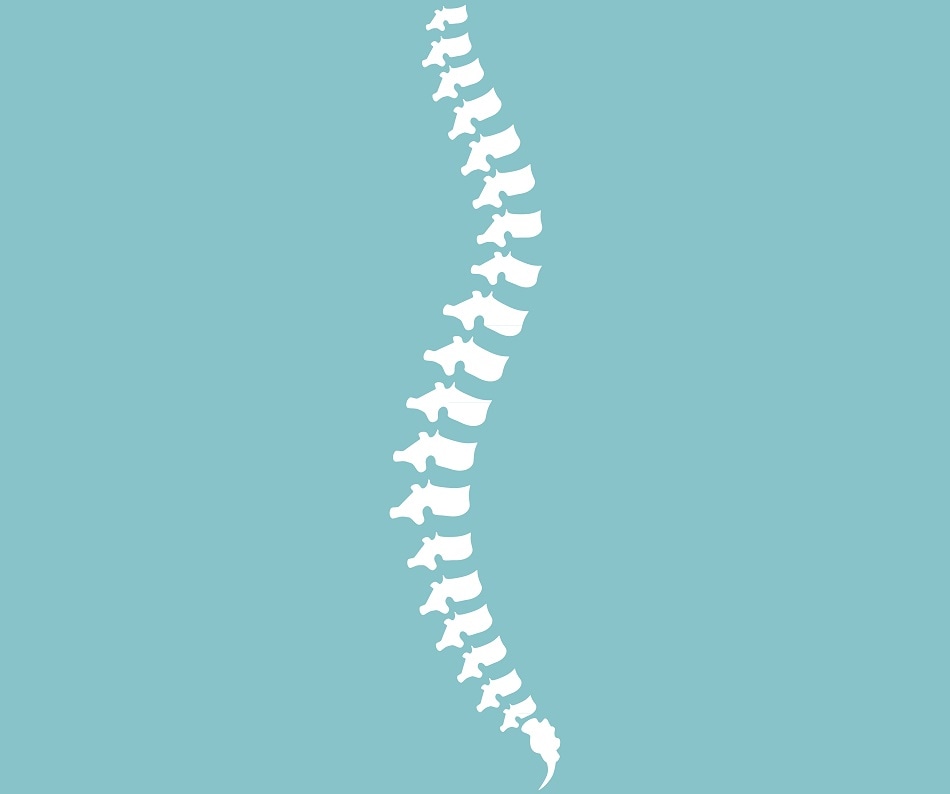Jan 23 2017
 Viktorija Reuta/Shutterstock.com
Viktorija Reuta/Shutterstock.com
Researchers at Baylor College of Medicine, Houston, Texas; IBEX, Logan, Utah; and Laser Tissue Welding Inc., Houston, Texas collaborated on a research study titled, “Evaluation of the effects of laser tissue welding on the spinal cord and skin” in a 30-day study of simulated spina bifida repair in rabbits.
This paper is to be presented on January 28, in the oral concurrent session at the Society for Maternal-Fetal Medicine's annual meeting, the Pregnancy Meeting™, at 8:45 a.m. PST.
Spina Bifia is a congenital defect where the closure of the backbone and membranes around the spinal cord is incomplete. This defect affects over 4,000 children born annually in the U.S. and is linked with hydrocephalus (too much accumulation of fluid on the brain), lifelong disability, developmental delay, and death.
This introductory study aimed to establish the effects of laser tissue welding on underlying spinal cord tissue and skin. The researchers were keen to discover if employing laser energy to coagulate a special albumin compound would harm the spinal cord tissue and/or underlying skin. The team plans to apply this compound for sealing incision lines in fetal surgical spina bifida repair surgeries.
One of the most fundamental factors of a fetal repair is a waterproof seal once the repair is complete.
Laser tissue welding is a promising technology that may allow a temporary seal over healing wounds that allows enough time for the regeneration of the skin underneath the albumin layer. By sealing off the incision line with a natural substance that disintegrates over time, we feel that the suture line may heal without developing any leaks which would compromise the repair.
Michael Belfort, M.D., Professor of Obstetrics and Gynecology, Baylor College of Medicine
Belfort is also the obstetrician/gynecologist-in-chief of Texas Children's Pavilion for Women and one of the researchers for the presentation at the SMFM annual meeting.
The primary step in this experimental approach analyzed whether the heat from the laser (required to stimulate the liquid albumin and convert it into a solid) would harm the spinal tissue under the skin or the skin. The researchers selected a rabbit model as it is a cost efficient and an accepted animal model. Also, they did not have to test this in a fetal model until more research is conducted.
This is just the first step. Now that we know that the laser energy is unlikely to damage spinal cord tissue we have planned a fetal sheep experiment. We are trying to get funding for this next step.
Michael Belfort, M.D., Professor of Obstetrics and Gynecology, Baylor College of Medicine